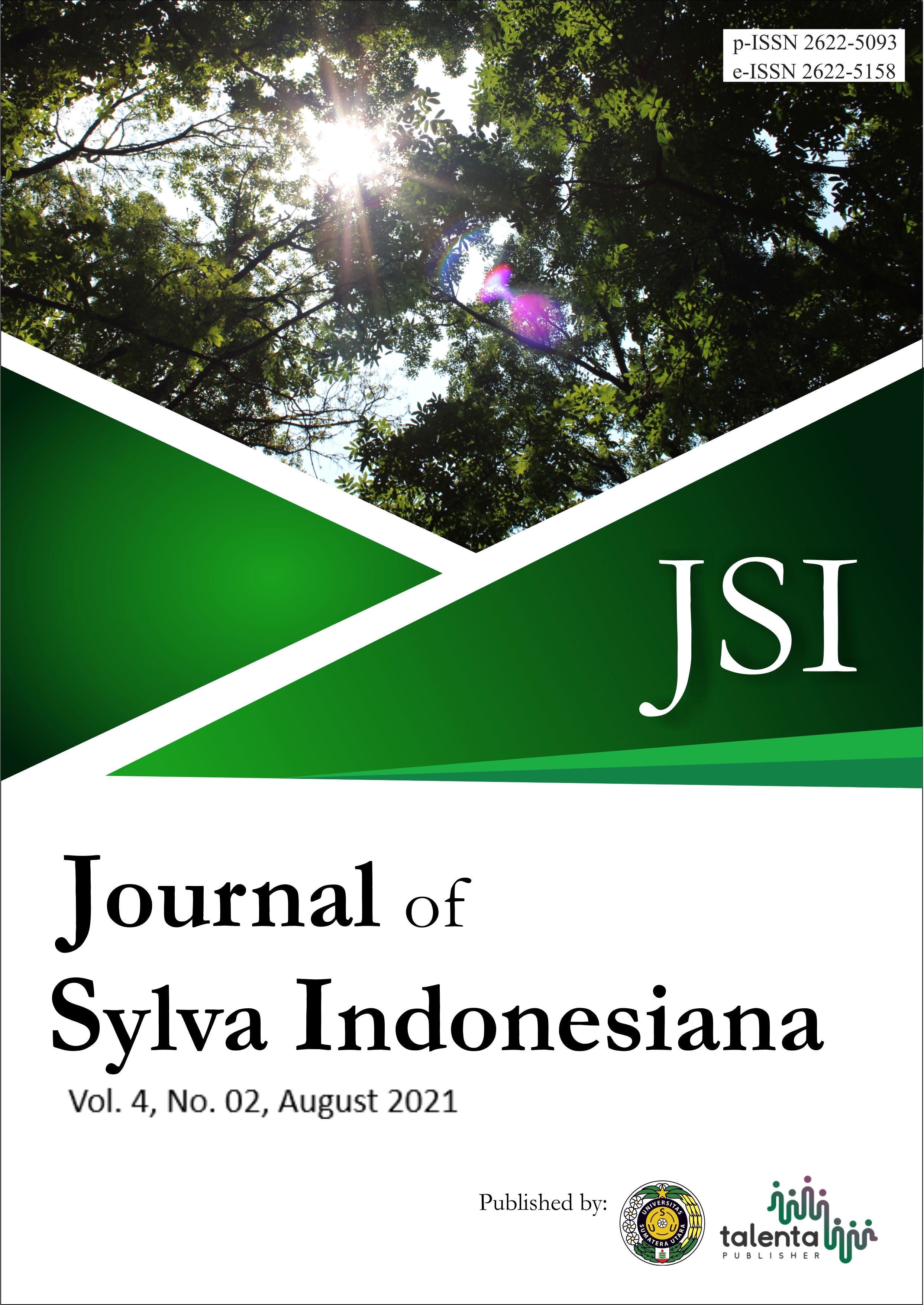Utilization of Unmanned Aerial Vehicle (UAV) Technology for Mapping Mangrove Ecosystem
DOI:
https://doi.org/10.32734/jsi.v4i02.6149Keywords:
GIS, Mangrove, Remote Sensing, Rhizophora mucronata , Unmanned AerialAbstract
Technological developments, especially in remote sensing in mangrove mapping are growing. One of them is the use of Unmanned Aerial Vehicle (UAV) as a vehicle for capturing aerial photo data. This study aims to map the mangrove ecosystem in order to find out spatial information with UAV technology and to identify mangrove species, distribution, and associations. The ground survey was conducted on 02 until 04 May 2019 in North of Lancang Island, Seribu Islands, DKI Jakarta Province. The mangrove data collection was carried out in four stations with marking, tracking the mangrove area and drone flights for taking aerial photo data. Based on the research, it was found that the mangroves were in good condition with an area of around 4 hectares, consisting of Rhizophora mucronata. However, there is a lot of waste around the mangrove ecosystem, especially inorganic waste in the form of plastic. Where the presence of garbage can cover the roots of the mangrove so that it can affect respiration and cause death in mangroves. The application of UAV technology that is integrated with GIS in mangrove ecosystem mapping is expected to be an alternative in extracting mangrove databases for future coastal ecosystem management.
Downloads
Downloads
Published
How to Cite
Issue
Section
License

This work is licensed under a Creative Commons Attribution-NonCommercial 4.0 International License.



















